Key Artifacts and Their Significance in Ancient Egyptian History
1/18
Earn XP
Description and Tags
These flashcards cover significant artifacts and concepts from Ancient Egyptian history, exploring their functions and meanings.
Name | Mastery | Learn | Test | Matching | Spaced |
|---|
No study sessions yet.
19 Terms
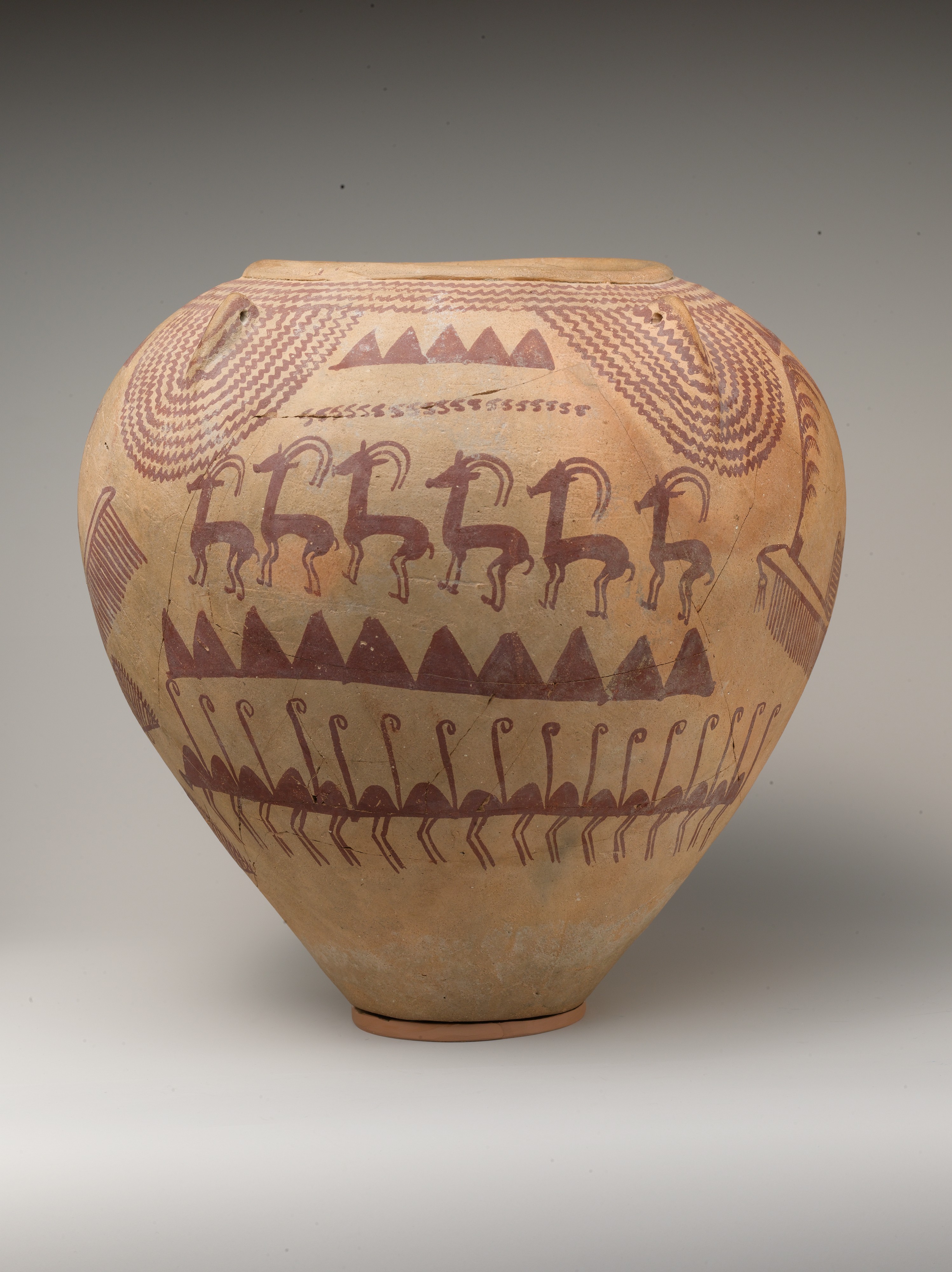
Naqada II Jar: A Pre-dynastic artifact made from clay or Nile silt, serving as a grave good and ritual object, reflecting the unification of Egypt. Found in upper egypt.
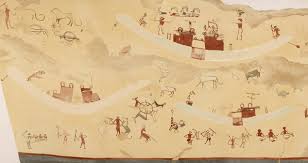
Tomb 100 Mural at Hierakonopolis: An ancient painting from the Pre-Dynastic period found in Hierakonopolis, significant for depicting themes of power and warfare and representing the foundation of royal ideology.
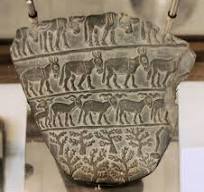
The Cities Palette: A Naqada III period artifact made from schist, used for grinding cosmetics, symbolizing divine order and royal power. Made in Abydos.
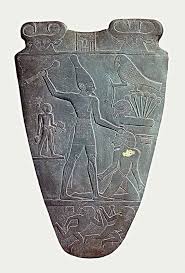
Narmer Palette: An Early Dynastic Period ceremonial makeup palette that legitimized the unification of Upper and Lower Egypt, depicting the king's power. made of siltstone.
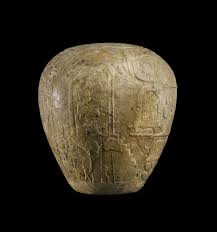
Scorpion Macehead: A Pre-dynastic limestone artifact associated with King Scorpion, used to ritualize and legitimize royal power. Ceremonial Object.
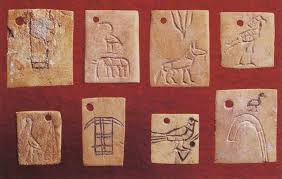
Bone and Ivory Tags from Tomb U-j: Administrative labels for funerary goods from the Predynastic period, notable as the oldest known writing form in ancient Egypt. Found in tomb u-j at abydos and are made of bone and ivory.
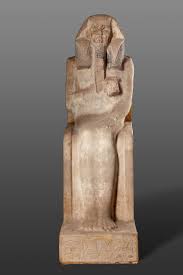
Statue of King Djoser: An Old Kingdom limestone statue located in the Serdab of the Step Pyramid at Saqqara, serving as a vessel for the Ka and representing the afterlife.
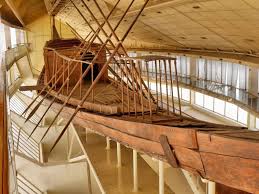
Cedar Boat From Giza: A funerary transport made from Lebanese cedar wood, significant for indicating royal power and technological marvels in the Old Kingdom.
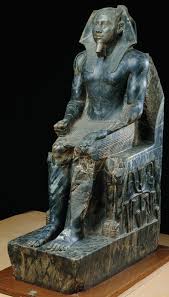
Statue of Khafre: An Old Kingdom diorite statue from the Giza plateau, symbolizing eternal power and the connection to the afterlife. Made of Diorite.
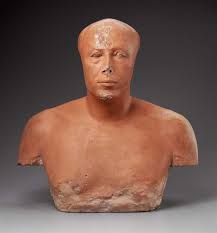
Bus of Prince Ankh-Haf: A limestone bust depicting a male figure from the Old Kingdom, associated with offerings. found in giza.
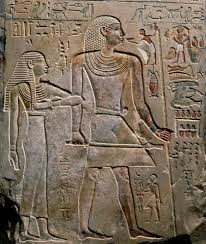
Stela of Ihurnakht and his wife: A painted limestone artifact from the First Intermediate Period, depicting family and receiving offerings. Made of stucco and bedrock. found in saqqara.
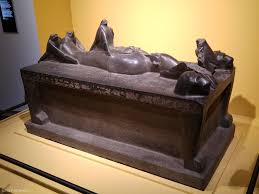
Statue of Osiris: A New Kingdom limestone statue from the Abydos Temple, symbolizing the power of Isis and the concept of eternal kingship.
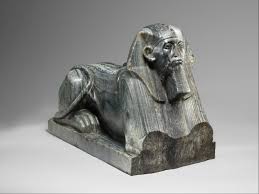
Statue of Senwosret III: A Middle Kingdom statue made from gneiss, representing royal authority and the sustenance of the Ka in the afterlife. Found in Temple of Menhotep.
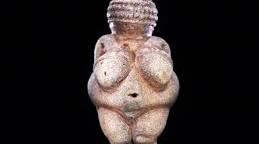
Fertility Figureine: A blue silica figurine from the Middle Kingdom symbolizing fertility and protection for mothers and babies.
Heb-sed Ritual
A ceremony allowing pharaohs to celebrate and renew their power, symbolizing legitimacy and vitality in their rule.
Tomb U-j
Significant for revealing early evidence of kingship and writing in Ancient Egypt, marking the administration's emergence.
Boat Graves
Early funerary constructions symbolizing the journey to the afterlife, differing in form between Abydos and Giza.
Montuhotep II Temple Complex
A monumental structure reflecting continuity and innovation in royal burial traditions, symbolizing divine kingship.
Tomb Decoration
Varied between carved reliefs and painted scenes in the Middle Kingdom, depending on social status and artistic goals.